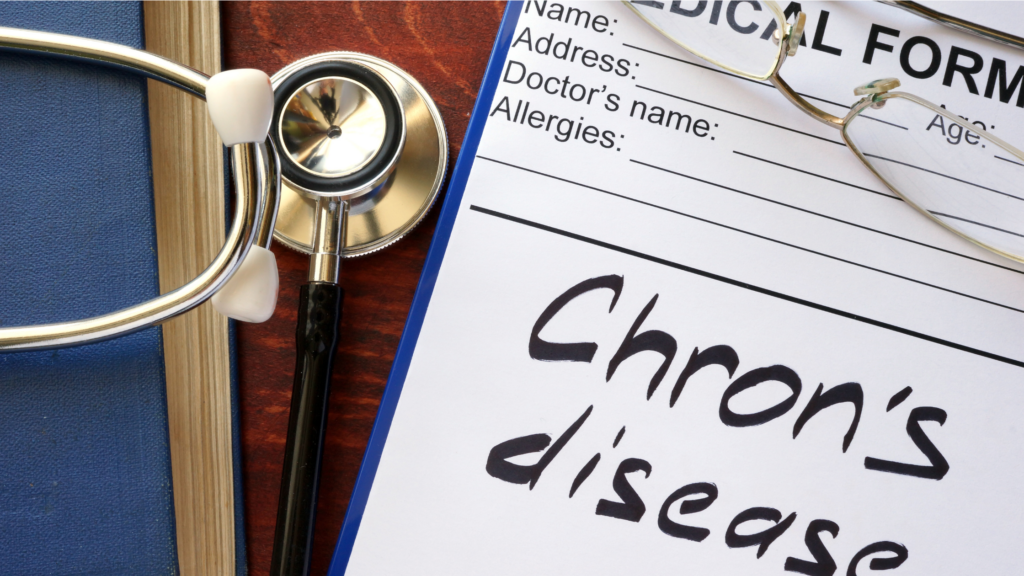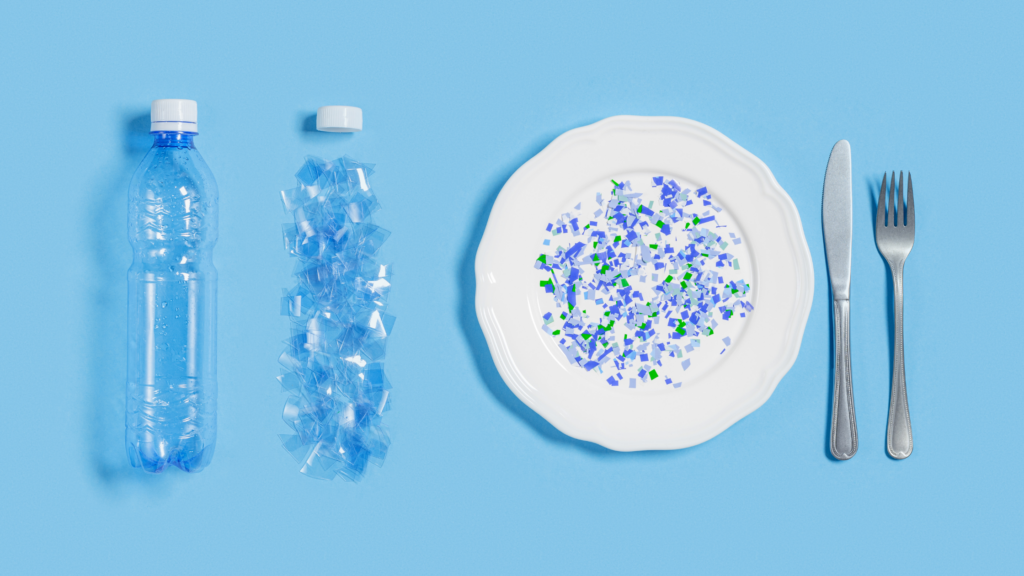In this week’s episode of Medical Disruptors, I had the incredible honor of speaking with Dr. Jill Carnahan—a true disruptor in every sense of the word. Jill didn’t just become a disruptor after years in the system—she walked into medical school already asking hard questions. And when her own health fell apart, she doubled down on what she knew to be true: the body is resilient, but only when we stop exposing it to what’s making us sick.
In our conversation, we dive deep into something most doctors never talk about—toxins. Environmental toxins. Everyday toxins. Invisible toxins that disrupt our hormones, damage our immune systems, and quietly erode our health.
This episode is personal, powerful, and packed with actionable insight. If you’ve ever wondered why you feel “off” despite normal labs… or why traditional treatment isn’t working… this blog is your invitation to explore what might really be going on. And trust me—you’ll want to hear the full conversation.
The Toxic Burden We All Carry
Dr. Carnahan’s story is both shocking and sadly familiar. Diagnosed with aggressive breast cancer at just 25, she had no family history, no obvious risk factors. But what she did have was a childhood on a farm saturated with pesticides, herbicides, and industrial chemicals. These aren’t just harmless crop treatments—they’re potent toxins, many of which are known endocrine disruptors.
One of the worst offenders? Atrazine—a pesticide banned in the European Union but still widely used in the United States. Jill grew up right in the middle of an atrazine hotspot, and she believes it played a significant role in triggering her cancer.
But her journey didn’t stop there. After cancer, she was diagnosed with Crohn’s disease, and when she asked her gastroenterologist if diet had anything to do with it, he told her, flat-out, “Diet has nothing to do with Crohn’s.” We now know that diet plays a massive role in gut inflammation, immune response, and yes—how the body handles toxins.
Refusing to accept that answer, Jill went on to heal herself—through nutrition, functional medicine, and a relentless drive to get to the root cause. Today, she’s Crohn’s-free. And her story is living proof that when you remove the toxins, the body can do what it was designed to do: heal.

You’re Eating a Credit Card a Week
Let’s talk microplastics. Most people don’t realize this, but the average person is now ingesting a credit card’s worth of plastic every single week. It’s in our water. Our food. Even the air we breathe.
Plastic isn’t inert—it breaks down into microscopic particles that enter the body and accumulate over time. These particles can cross the blood-brain barrier, embed in tissues, and disrupt cellular communication. They’re linked to everything from hormone imbalances to neurological conditions. And yet, most conventional medical training—whether for physicians or nurse practitioners—doesn’t address this at all.
Jill and I talked at length about how toxins like microplastics don’t just cause isolated issues—they compound. They contribute to inflammation, oxidative stress, immune dysregulation, and organ burden, especially in the liver, which is our main detox organ.
And while some toxins are avoidable, many are not. You can’t opt out of breathing polluted air or drinking tap water that’s been contaminated by microplastics or pharmaceutical runoff. What you can do is build awareness and start taking action where it matters most.

The Mold You Don’t See Is Still Making You Sick
Another jaw-dropping moment in our conversation was when Jill described how she got violently ill from mold exposure in her own medical office. This wasn’t a little sniffle—she developed fatigue, rashes, histamine reactions, and brain fog so intense it felt like her cognitive function was shutting down.
She discovered Stachybotrys, also known as black mold, growing under the floorboards. But here’s the kicker—remediating the mold itself wasn’t enough. Just like putting out a fire doesn’t remove the smoke, removing the mold doesn’t eliminate the mycotoxins that linger on books, clothing, and furniture.
Those invisible toxins continued to trigger symptoms until she went through a full remediation and detox process—including cleaning every surface, purifying the air, and supporting her detox pathways. As a nurse practitioner, this made me rethink how often we overlook mold as a root cause in chronic illness cases.
The immune system, especially the innate immune system, often reacts not to the mold spores themselves but to the toxins released into the environment. This can cause mast cell activation, histamine overload, and symptoms that mimic autoimmune diseases, allergies, or even psychiatric conditions.
The Liver Is Queen
If you want to heal, you need to support your liver. Jill and I couldn’t agree more on this. The liver is often ignored in conventional medicine—treated like a background organ unless it’s acutely failing. But in functional medicine, and especially in my work as a nurse practitioner, the liver is a central player in the detoxification process.
Phase I and Phase II liver detox pathways help process and eliminate toxins, but only if they’re supported correctly. If you mobilize toxins from tissues too quickly—without the proper binders, hydration, or lymphatic support—you’ll feel worse, not better.
That’s why detox isn’t a trendy juice cleanse—it’s a strategic, science-backed process that must be personalized and guided. This is one area where working with a trained functional medicine provider, like a nurse practitioner familiar with these pathways, can make all the difference.
We talked about tools like glutathione, sauna therapy, binders like charcoal and clay, and lymphatic support. These aren’t just wellness buzzwords—they’re essential for reducing your toxic load in a sustainable way.
Clean Air, Clean Water, Clean Food
Jill offered a powerful mantra: “Start with clean air, clean water, clean food.”
You don’t need to overhaul your entire life overnight to reduce toxin exposure. Start by replacing your air filters. Invest in a quality water filtration system. Choose organic when it matters most. And use resources like the Environmental Working Group’s Skin Deep database to vet your personal care products.
As a nurse practitioner, I always remind patients—this isn’t about perfection. It’s about reducing your toxic burden enough to give your body room to function, to heal, and to thrive.
Final Thoughts: The System Isn’t Built for Prevention—But You Can Be
One of the most powerful messages from this episode is that the medical system—while lifesaving in many ways—was not designed to focus on toxins. It’s structured for acute care, crisis management, and pharmaceutical intervention.
But chronic illness requires a different lens. It requires curiosity, open-mindedness, and the courage to ask: “What else could be going on?”
That’s what Medical Disruptors is all about. And that’s why I’m so passionate about the role of the nurse practitioner in this space—we’re uniquely positioned to bridge the gap between conventional care and whole-person healing.
Listen Now
Dr. Jill Carnahan’s story is more than just inspiring—it’s empowering. Whether you’re a patient, a provider, or a fellow nurse practitioner looking to expand your understanding of root-cause care, this episode is for you.
We cover everything from pesticides and plastics to mold, detox, and how to start reclaiming your health from the toxins that surround us.
About this Podcast
The Medical Disruptor Podcast is a show broadcasted live by Dr. Efrat Lamandre every week with the express purpose of providing free, factual, and practical functional medicine tips to help people prevent disease naturally. Through giving healthy nutrition tips, tips on intermittent fasting, managing stress through diet, and advocating self improvement for her patients, Doctor E hopes to help you take control of your health destiny and become the GameChanger in your life.
